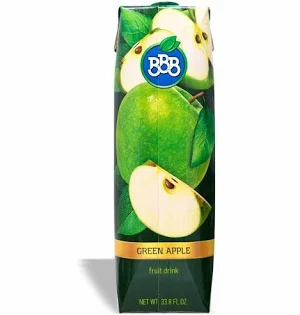lsmithlpn4239
New Member
Brewed some Moscato Alexandria from frozen juice 2021, but I added three small bags of juiced Granny Smith apples just the juice. What I’m wondering if anybody can help me is should I have flavored with green apples after primary fermentation or before bottling or do you think it will turn out tasting like Moscato with a green apple flavor in the end? I’m in secondary fermentation now and can barely taste the green apple flavor I have not went through clarification yet




